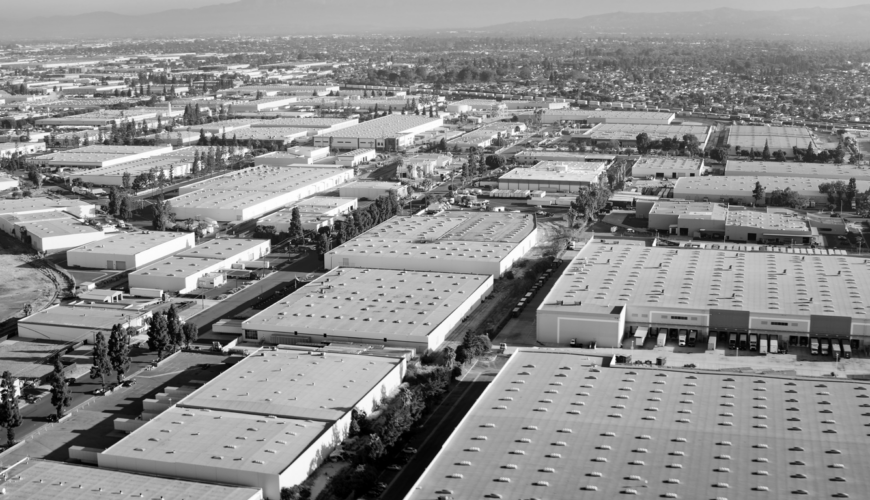The average warehouse vacancy rates are sitting at over 5 percent for the first time since before the pandemic. You don’t have to go very far back in history to recall a surge in warehousing construction and leasing. In 2020, right when the pandemic began and so too did an explosion in ecommerce, companies scrambled to build more storage space. From 2020 to 2022, companies added millions of square feet to their storage footprints, and warehouse vacancy rates plummeted to three percent. Supply chain managers viewed the expansions as necessary to fulfill orders at the rapid pace customers demanded, shortening up the supply chain to help avoid disruptions. Rents climbed, as did construction costs.
Today that picture is beginning to change and regulate back to more pre-pandemic like levels. It’s been a slow decline, but today the average warehouse vacancy rates are sitting at over 5 percent for the first time since before the pandemic began. Several factors are at play in this transition.
For one, retailers aren’t worrying about carrying as much inventory as they were a couple of years ago. Demand for goods is no longer at a frenzied pace, so they can afford to carry a bit less and still meet consumer demands. Also at play are interest rates. With their rise over the past year, companies are putting off decisions on leasing warehousing space, if possible. A look at warehousing square footage leased in 2023 tells the story—it’s down a full 27 percent from 2022, according to a recent report from Cushman & Wakefield. The demand also lessened for new warehouse construction, although it remains at a high level. Most of that pace is representative of projects that began during the height of consumer demands. As market conditions evolve, projects are slowing.
Low Warehouse Vacancy Rates = Higher Prices
All that said, from a historical overview, vacant warehouse space is still low, sitting below the 15-year average of 6.4 percent. This allows building owners to continue charging high rents. Current averages are about nearly $10 per square foot. As with any real estate, demand varies from one part of the country to the next. With warehousing space, the hottest locations right now include Houston, eastern Pennsylvania, and Southern California.
Looking at the year ahead, expect warehousing rents to remain high, and perhaps climb. If you’re hesitating on signing a lease agreement, you might want to move sooner rather than later to ensure a more palatable rate. If you’re in an agreement set to expire, consider how you’ll want to negotiate rates if you want to renew. The industrial real estate market is in a state of flux, and companies are trying to walk the fine line between short-term uncertainty and long-term adaptation. It’s clear that new construction starts are slowing, so given any sort of uptick in consumer demand or near-shoring projects, warehousing square footage may become increasingly scarce. Keep an eye and ear to the ground to make the appropriate moves in this ever-evolving market.


